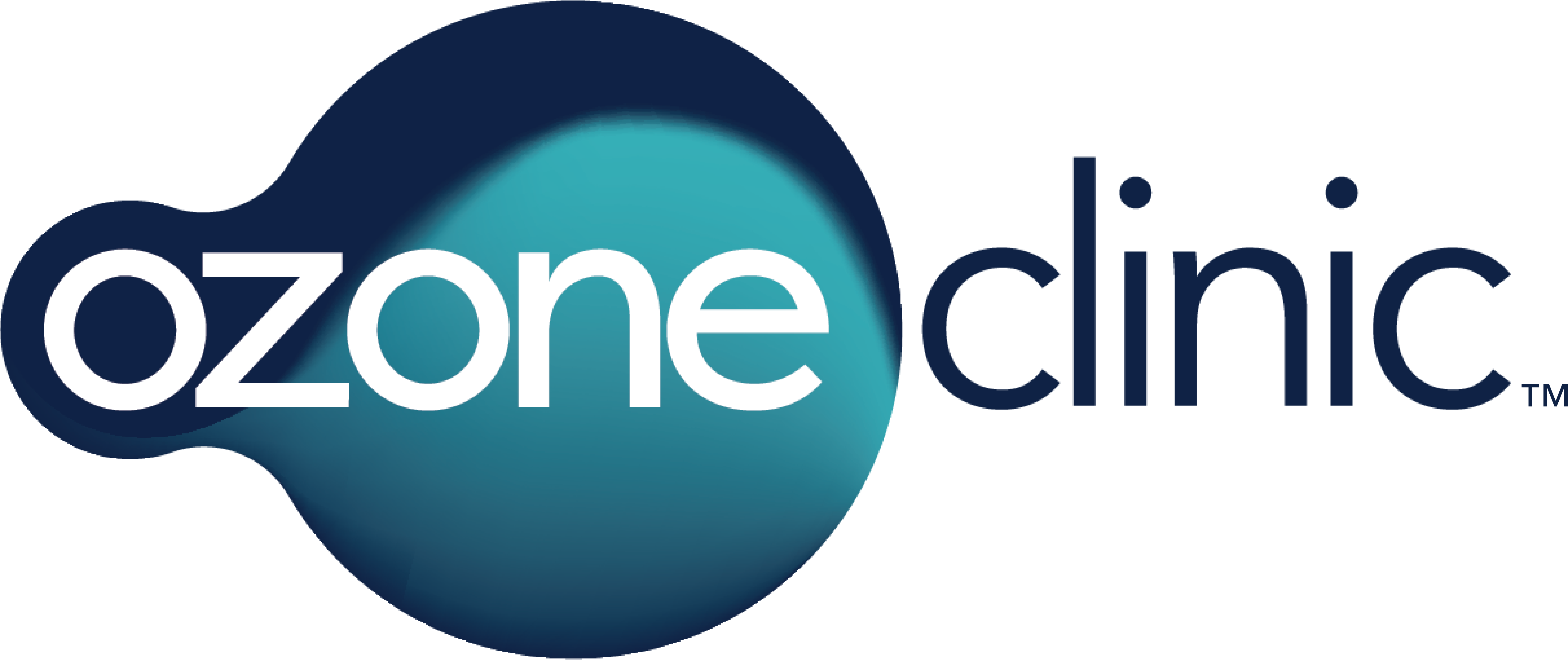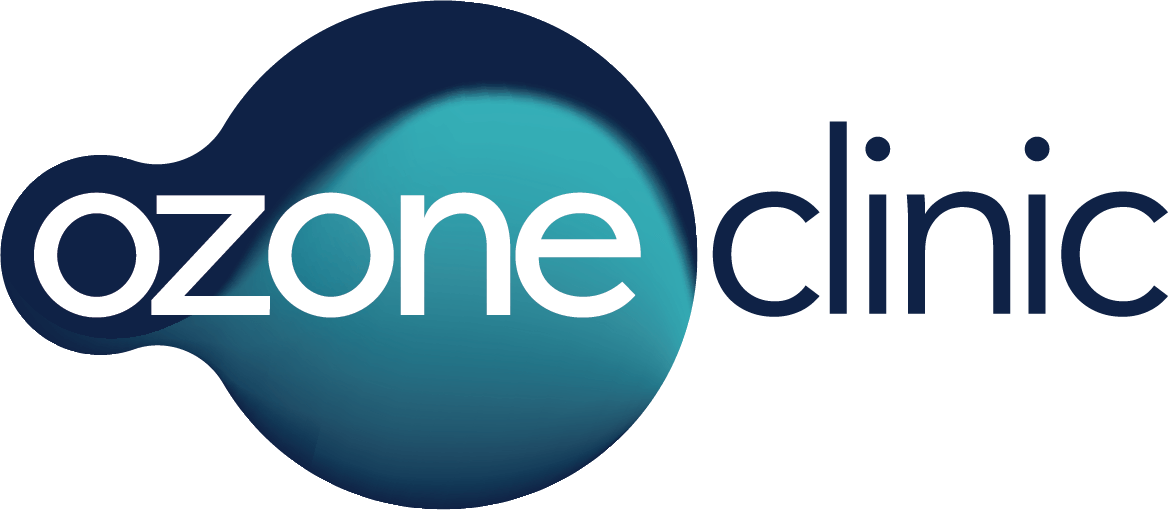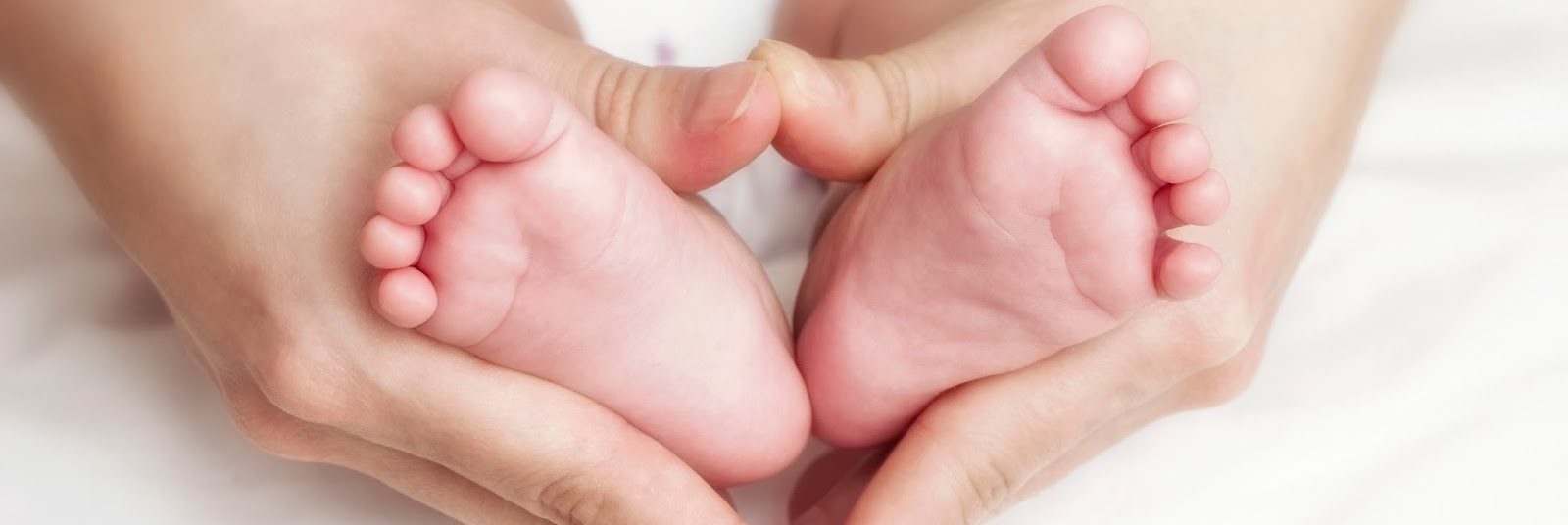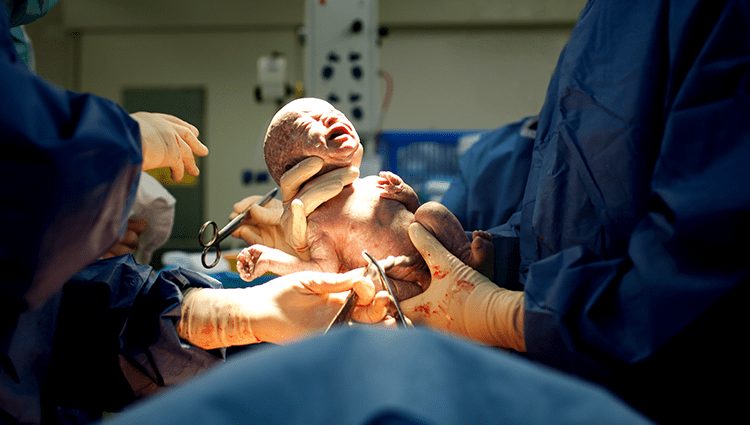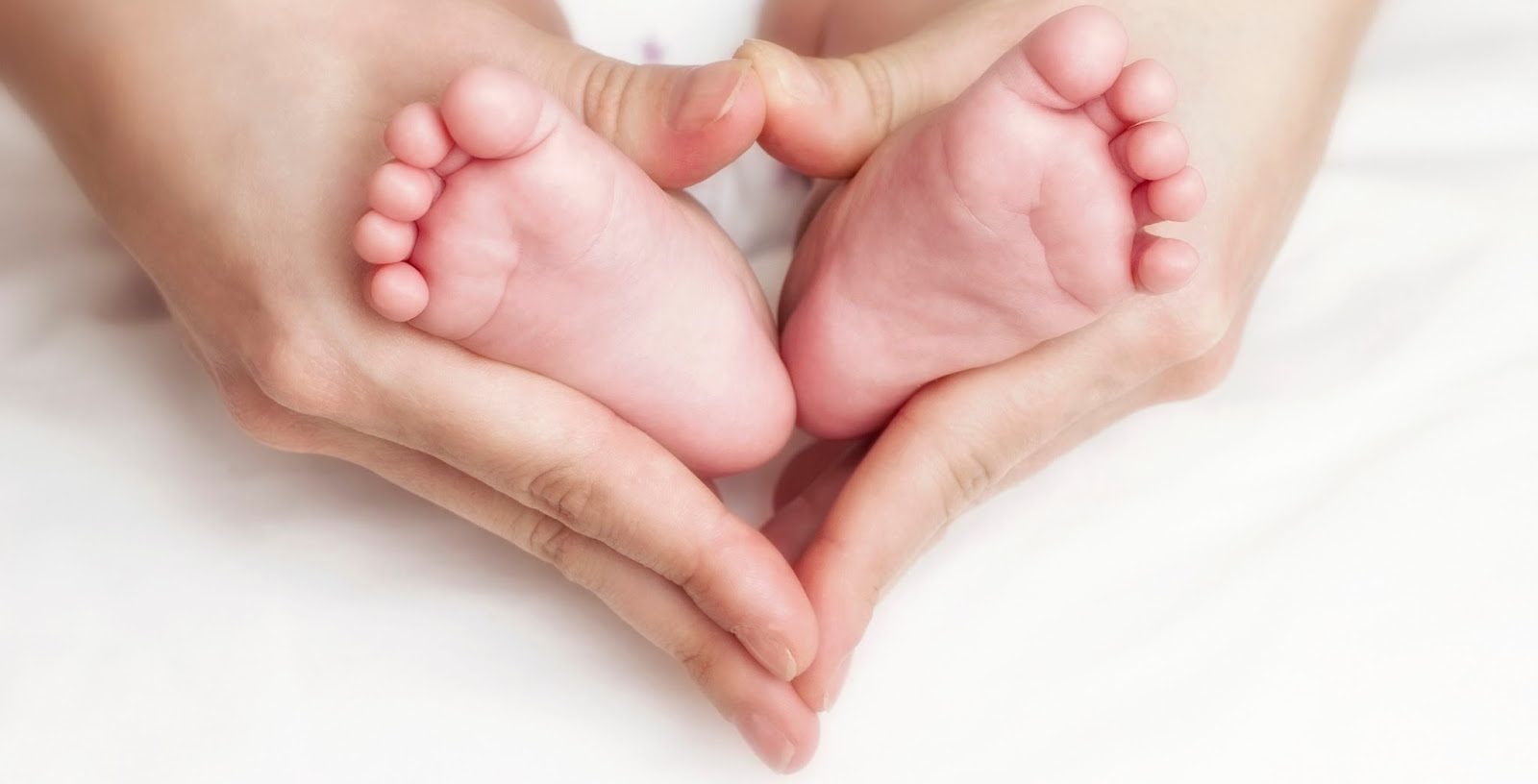Ozone Therapy in Gynecology and Obstetrics
Ministry of Health Service of The Russian Federation
The State Medical Academy of Nizhny Novgorod
Keywords: Genital tracts, Miscarriage, Anaemia, Ozone treatment, Ozone therapy.
Gynecology
Routes
- Intravenous infusions with ozonated saline
- Rectal insufflations with ozone/oxygen mixture
- Major Autohemotherapy, ozone dose being 1-3 mg.
- Intrauterine irrigations with ozonated distilled water
Management
“The treatment consists of intravenous infusions with ozonated saline or rectal insufflations
with ozone/oxygen mixture. Both can be substituted with major autohemotherapy.”
“Daily infusions with 200- 400 ml of ozonated saline, ozone concentration in ozone/oxygen
mixture at the output from ozone generator being 1200μg/l are to be done for 5 – 7 days.” (1)
Ozone sanitation
“Intrauterine irrigations with ozonated distilled water (400ml) with ozone concentration of 4-5
mg/l are done to provide entire contact with the site of inflammation and to exclude any
damage to the mucous membrane in different forms of endometritis. On being ozonated the
water via the biluminal catheter is introduced into the uterine cavity and then evacuated via
the same catheter . The procedure can be repeated 3 times during one session, which is done
once a day (Гречканев Г.О., Качалина Т.С., Качалина О.В., 2000).”
“In combination with basic anti-inflammatory therapy the described sanitation of the uterine
cavity prevents the generalization of the inflammatory process, shortens the course of
treatment and makes it possible to discontinue any other dialysis preparations.”(1)
Note. The use of ozone therapy allows to decrease the dose of medications with detoxicating,
rheologic, antioxidant, immune-correcting, analgetic and sedative effect.
In cases of surgical intervention ozone therapy can be used in aftercare course.
Inflammatory Diseases of Genital Tracts
Routes
- Vaginal irrigations with ozonated saline
- Applications with ozonated oil
- Vaginal insufflations with ozone/oxygen mixture
Management
“Vaginal irrigations with ozonated saline with the volume up to 1liter and ozone concentration
of 6-10mg/l are to be done daily(8-10 procedures per course) and are to be complemented
with applications with ozonated oil (1-2times a day).”
“These procedures can be substituted by vaginal insufflations with ozone/oxygen mixtures, that
are to be done daily within 5-8 days. Using special nozzle to vaginal speculum ozone/oxygen
mixture, ozone concentration being 1,5-2,5mg/l, is introduced into the vagina. Before the
insufflation procedure the vagina is to be washed with distilled water for 5-10 minutes at the
rate of 0,5-1l/min.”
“This method resulted in a steady improvement in all 50 patients with nonspecific colpitis,
elimination of pathogenic and opportunistic microorganisms in bacteroscopy and restored the
immunity balance in vaginal secretion. The use of the method made it possible to discontinue
the medicinal therapy. (Качалина Т.С. с соавт.1998, Гречканев с соавт.,2000).” (1)
Obstetrics
“The use of ozone therapy produces positive effect on the clinical course in such conditions as
the risk of miscarriage, gestosis, anaemia of pregnancy, intrauterine growth retardation and
risk of complications in obesity. The improvement in oxygen supply, rheology and microcirculation contributes to hormone-producing function ”(Кулаков В.И. с совт.,2001, Миненков А.А. с соавт.,2001).
Miscarriage
Routes
- Intravenous infusions with ozonated saline or
- Major Autohemotherapy, ozone dose being 0,4-0,5 mg.
Management
“Daily instillation infusions of 400 ml of ozonated saline, ozone concentration in
ozone/oxygen mixture being 400μg/l, are to be done for 5 days. Ozone therapy proves to be
most effective in the end of the first and the beginning of the second trimesters of pregnancy.
Major autohemotherapy is done twice week with a total number of procedures up to 4-6.”(1)
Note. Ozone therapy is contraindicated in genital tract bleedings of different intensity and can
be instituted only after its entire termination. The immune-correcting and antioxidant
preparations, including vitamins, as well as sex hormones can be discontinued for the time of
ozone therapy.
Gestational Toxicosis (Anaemia)
Routes
- Intravenous infusions with ozonated saline or
- Major Autohemotherapy, ozone dose being 0,4-0,5 mg.
Management
“Daily instillated infusions of 200 ml of ozonated saline, ozone concentration in ozone/oxygen
mixture being 400μg/l, are to be done for 5 days. Ozone therapy proves to be most effective in
mild and moderate gestosis. Major autohemotherapy is done twice week with a total number of procedures up to 4-6.”(1)
Note. Ozone therapy is contraindicated in genital tract bleedings of different intensity and can
be instituted only after its entire termination. The preparations with anti-oxidant, immunecorrecting, sedative, rheologic and detoxicating effect can be discontinued for the time of
ozone therapy.
Intrauterine Infection
“The prevention and treatment of pregnant women that are in the risk group for fetal infection
are to be done during the second trimester of pregnancy.”
Routes
- Intravenous infusions of ozonated saline or
- Major Autohemotherapy, ozone dose being 0,4-0,5 mg.
Management
Daily instillation infusions of 200 ml of ozonated saline, ozone concentration in
ozone/oxygen mixture being 800μg/l are to be done for 3 – 5 every second day. -6 procedures.
Major autohemotherapy is done twice week with a total number of procedures up to 4-6.
Note. Antioxidants and immune-correcting preparations can be cancelled during the course of
ozone therapy.
Source
- (1) http://www.absoluteozone.com/assets/ozone_therapy_in_practice.pdf– Oleg V. Maslennikov, Claudia N. Kontorshchikova, Irina A. Gribkova- Nizhny Novgorod, Russia, 2008
- Ozone therapy in Practice. Health Manual. – Nizhny Novgorod
- Rilling S.,Viebahn R. The Use of Ozone in Medicine. New Jork. Haug. 1987
- Viebahn R. The use of ozone in medicine. 2nd ed.Heidelberg: Karl F. Haug
Publishers,1994,1-178
